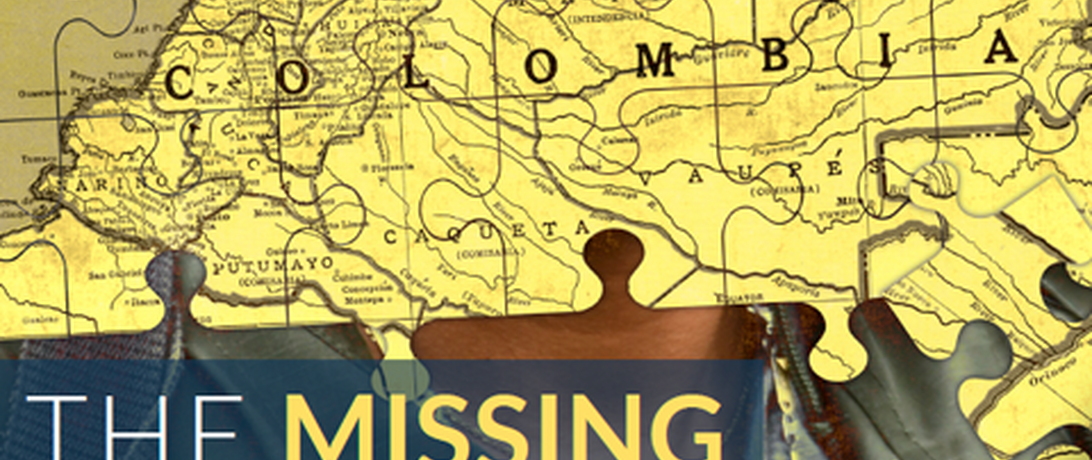
Gender perspectives are understood as the differences in needs and challenges of men, women, boys, and girls which are based on the social construction of gender roles and norms.
Key Findings
In DDR processes as well as in relation to other aspects of the implementation of peace agreements, these differences are often missing or not properly identified, resulting in women and girls not being able to access services and benefits. In other words, if the distinct roles men, women, boys, and girls play in conflict are not being assessed and analyzed, peace processes run the risk of continuing or exacerbating gender-based inequalities by both violent and non-violent means.
- In the absence of a clear understanding of the gendered nature of conflict and gender dynamics within armed groups, DDR programs tend to neglect the role of gender identities, whereby both men and women may struggle to live up to the expectations that their culture may place on them.
- There is the persistent association of men with being perpetrators of violence and women as victims. When their experiences do not match the cultural expectation, men/boys and women/girls face difficulties with acceptance of their experiences. This can perpetuate existing gender stereotypes that could aggravate tensions in the transitional phase from combatant to civilian.
- Though male perpetration of different forms of violence (including sexual and gender-based violence) has been established in the literature over time, “masculinity cannot be interpreted as a fixed propensity to violence” per se. In fact, the overemphasis on alleged male proclivities toward violence inhibits further examination of the degree to which gender stereotypes may also render men and boys vulnerable.
- A better understanding of gender can drive initiatives that aim at transforming gender identities that do not disadvantage one gender over another.